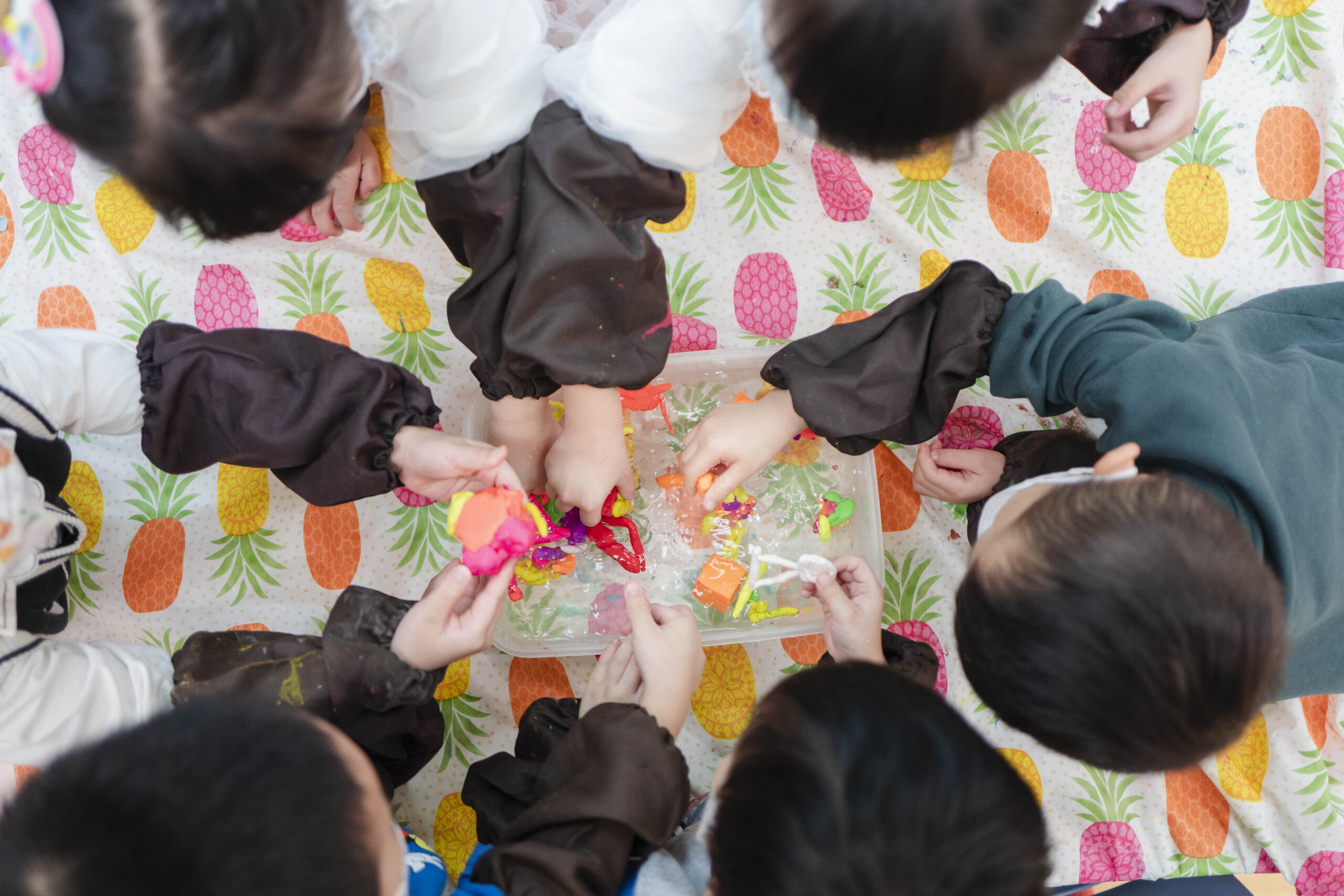Professor Rainbow T.H. Ho, The University of Hong Kong states:
“Incorporating expressive arts into everyday life enables people to express their emotions through artistic creation. Not only do artistic activities such as writing, painting, music, and dancing cultivate our temperament, but they also allow us to reveal our emotions and ideas through the creative process, thus providing a platform for self-inspiration. Appreciating the artworks of others is also an opportunity to understand and explore (our) inner worlds through non-verbal means.”

Expressive arts (including visual art, movement, music, writing, drama, and other creative processes) have been an integral part of life as a means for expression, connection and understanding. Engaging with art carries therapeutic benefits, reducing stress, anxiety, and depression, and promoting overall mental health.
Put simply, Art Therapy and Expressive Arts Therapy are mental health professions that use art to help people share and process feelings and memories that may otherwise be difficult to express.
Discovering, understanding and the releasing of these feelings can lay the foundations for enormous personal growth and emotional well-being. Art Therapy is not about being skilled at or learning to master the art forms used. The focus is on the process and experience, not the resulting work.
While Art Therapy focuses primarily on visual arts, Expressive Arts Therapy embraces a wider range of artistic expressions. Expressive arts therapists encourage clients to move fluidly between different artistic modalities, allowing for a more holistic exploration of their inner experiences. Both approaches help our beneficiaries access deeper levels of self-awareness and potential in solving their struggles.